2025
Comparably’s Best Company Outlook
* Providing engineering services in these locations through SWCA Environmental Consulting & Engineering, Inc., an affiliate of SWCA.

From the experts we hire, to the clients we partner with, our greatest opportunity for success lies in our ability to bring the best team together for every project.
That’s why:
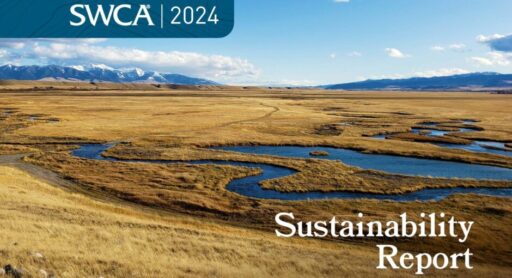
At SWCA, sustainability means balancing humanity’s social, economic, and environmental needs to provide a healthy planet for future generations.
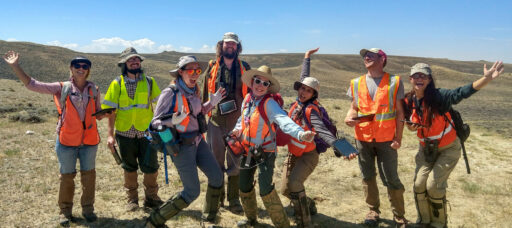
SWCA employs smart, talented, problem-solvers dedicated to our purpose of preserving natural and cultural resources for tomorrow while enabling projects that benefit people today.
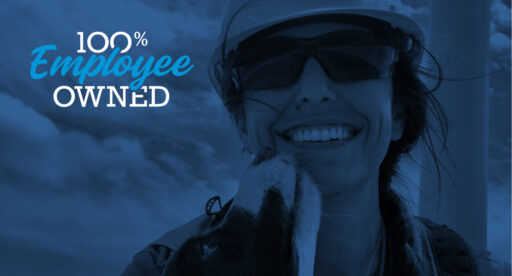
At SWCA, you’re not just an employee. You’re an owner. Everyone you work with has a stake in your success, so your hard work pays off – for the clients, for the company, and for your retirement goals.
Doing Things Right in the Powder River Basin
Implementing industry best practices is better for clients, the community, and the environment.
Kayla Shockley serves as SWCA’s Power and Energy Business Line Director, steering nationwide energy strategy and driving business growth across renewable energy—including wind and solar—transmission, oil and gas, and mining market sectors. With over 16 years of environmental consulting and permitting experience, she has managed complex, multidisciplinary projects across all phases of development, including wind and solar energy projects. She excels at developing innovative solutions that support client objectives while ensuring regulatory compliance.


The Powder River Basin (PRB) stretches from southeast Montana to northeast Wyoming within the northern Great Plains. Its rolling green grass and sage-covered plains serve as both a topographic drainage and geologic structural basin. The Basin is bordered by the Bighorn Mountains to the west and Black Hills Uplift to the east. To the south, it is framed by the Casper Arch, Laramie Mountains, and Hartville Uplift. In addition to being an important ecological treasure, the basin is rich in important resources like coal, crude oil, and natural gas.
PRB has been experiencing a resurgence in oil and gas production due to advances in horizontal drilling and hydraulic fracturing. These technological advances have made it a popular spot for companies to enter. The challenge for oil and gas companies is meeting the demand while also considering landowners, the environment, state and federal agency requirements, and a constantly changing regulatory landscape.
One company, Thunder Creek Gas Services, L.L.C. (Thunder Creek) has been in operation in the Powder River Basin of Wyoming since 1999 and has been a subsidiary of Meritage Midstream for 7 years, providing oil and gas producers gas gathering and processing services. Thunder Creek’s services include natural gas gathering, compression, treating, processing and transportation.
One of Thunder Creek’s biggest challenges is meeting their producers’ needs, schedules and budgets while also satisfying landowner requirements and multiple agency requirements (Wyoming Game and Fish Department, Wyoming Department of Environmental Quality, Wyoming State Engineers Office, BLM, USFWS, U.S. Army Corps of Engineers, Wyoming SHPO). Agency requirements may conflict with producer needs/schedules/budgets. And Thunder Creek often has a short window to build and get a pipeline tested and operational. Balancing all those factors is a delicate dance.
Given the schedule and cost restraints associated with their projects, it seems counterintuitive that an oil and gas company would focus so much of their attention on environmental concerns. And yet, that’s exactly what Thunder Creek is doing. Over the years, Thunder Creek has developed its own system of best practices in order to protect natural and cultural resources and water systems. Why? Because they have learned that proactively doing things the right way best serves clients, the community, stakeholders, and the environment in the long run. Here’s how:
The Thunder Creek pipeline gathering system covers nearly the entire PRB. The PRB is drained by two major systems—the Powder River drainage basin, which flows generally north into the Yellowstone River, which then joins the Missouri
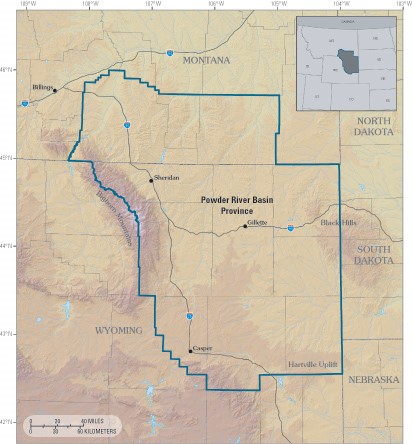
River; and Cheyenne River Drainage Basin, which flows east-northeast into the Missouri River. These drainage basins and their tributaries are home to numerous natural and cultural resources, including bald and golden eagles, ferruginous hawks and other raptors, greater sage-grouse, and Ute ladies’-tresses; prehistoric and historic settlements and activity areas including prehistoric open camps and stone circle sites, and lithic scatters, and historic homesteads, ranching complexes, mining-related resources, trails, and roads.
While a few of their projects have involved federal lands and have thus been subject to very defined permitting requirements, the majority of Thunder Creek’s projects are located entirely on private or State of Wyoming-managed land, and do not involve a federal surface management agency. SWCA provides a full range of environmental regulatory and compliance services for Thunder Creek’s projects, including natural and cultural desktop analysis and field surveys; SWPPP permitting, inspections, and reporting; and BLM and USFS permitting, when a federal nexus is involved. Thunder Creek has worked with SWCA to craft a robust environmental program for their PRB system that ensures full compliance with federal and state laws and regulations, including the Clean Water Act, Endangered Species Act, Migratory Bird Treaty Act, National Historic Preservation Act, Wyoming State Executive Order on Greater Sage-grouse, and Wyoming stormwater regulations.
The nature of Thunder Creek’s work means that they will have a presence in the PRB for years to come. They realized that not only should they consider their current environmental requirements, but that they should also look further down the road. As Thunder Creek’s Associate General Counsel and Vice President of Land, Kate Broome explains, “The core of the Thunder Creek pipeline system was built over the last several decades across family ranches that still exist today. Taking care of the land and maintaining good working relationships with these ranches over the last two decades has been beneficial to our ability to conduct current and future business.”
In fact, Thunder Creek’s corporate values statements include being good neighbors: “We are guests on the land and must be good stewards of the environment. We work closely with landowners and strive to have a positive impact on the communities where we work by supporting local businesses and nonprofits.”
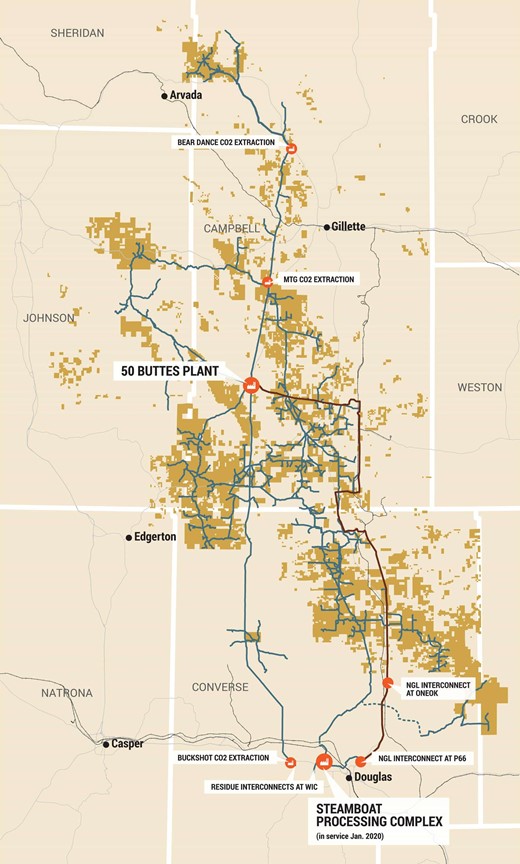
But what exactly does it mean to be a good steward and neighbor? “We have over 1,600 miles of gas gathering and residue pipelines and 118 miles of NGL pipeline with a total processing capacity of 380,000 Mcfd. This makes us the largest natural gas midstream company in the Powder River Basin” says Adam Schorger, Survey and GIS Manager. Thunder Creek’s projects are located on land owned by almost 250 different landowners. Thunder Creek’s environmental and land departments have spent countless hours cultivating relationships with landowners and other stakeholders. Thunder Creek uses their strong environmental program to demonstrate their commitment to being good neighbors and land stewards – laying down matting in wet areas to prevent rutting and erosion issues, avoiding construction during critical wildlife time periods to avoid wildlife disturbance and rerouting pipelines to protect historic properties.
Good communication with the landowners minimizes maintenance in the long run and quickly gets the land back in working condition, Broome says, “so, our approach not only positively affects our bottom line over time, but also creates a positive working relationship with the landowners.”
Thunder Creek has realized over the years that it’s more cost and time effective to enact solutions (like avoidance or mitigation) voluntarily and not always wait for an agency to direct them. They know that if they implement best practices (like raptor nest avoidance, for example), future changes in regulation or enforcement may not impact them because they’re already doing it.
“Thunder Creek has a list of values that we embrace that include both “Integrity” and being a “Good Neighbor.” We believe respecting cultural landmarks and the wildlife aligns with both of these core values. Industry Best Practices such as active mitigation and avoidance have been imbedded in our workflows, and this demonstrates our commitment to being good stewards of Wyoming and its diverse resources.“ -Engineering Manager, Dain Santarelli

By being proactive about their environmental work and using industry best practices, Thunder Creek has avoided many resource issues and surprises for their projects. They’ve already accounted for them and taken steps to mitigate them. Hayden Truscott, EHS Manager, says “Our pipeline projects and well connects team has developed over time. The team now consists of a group of professionals with a variety of expertise who review and approve each project. The team completes a pre-job check list prior to initiating construction activities. The checklist helps us to identify potential environmental impacts and any issues that have been identified concerning historical or culturally sensitive sites. This allows the team to make the appropriate decisions and potentially any reroutes to ensure that we mitigate any compliance issues that could arise on a construction project.” They recommend this approach to other companies wanting to do long-term work in one geographic area. You can juggle your own needs with clients and stakeholders and the environment. It may require more time up front, looking at desktop analysis, looking at potential sensitive cultural and natural resources, and creating plans to address them. But the payoff is long-term success on multiple fronts.
The “Industry Best Practices” that have made this project successful in Wyoming are twofold:
Visit Meritage Midstream’s website to learn more about Thunder Creek.